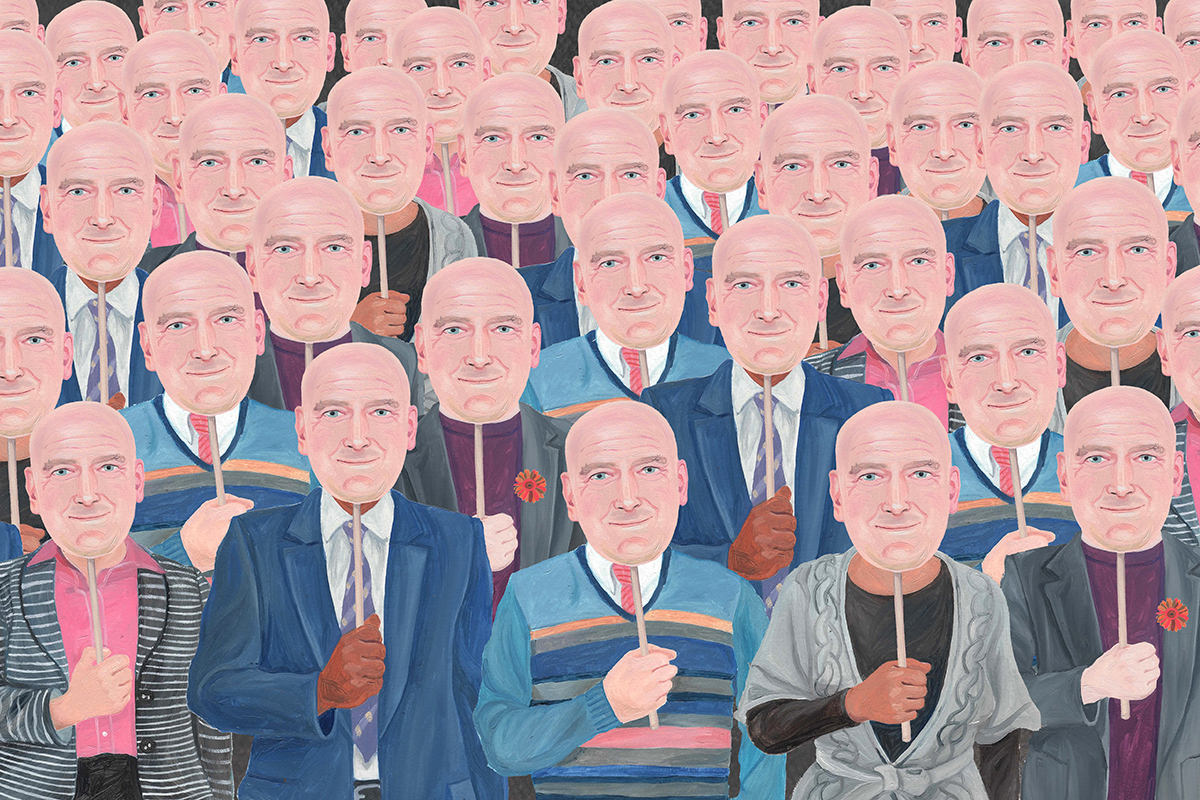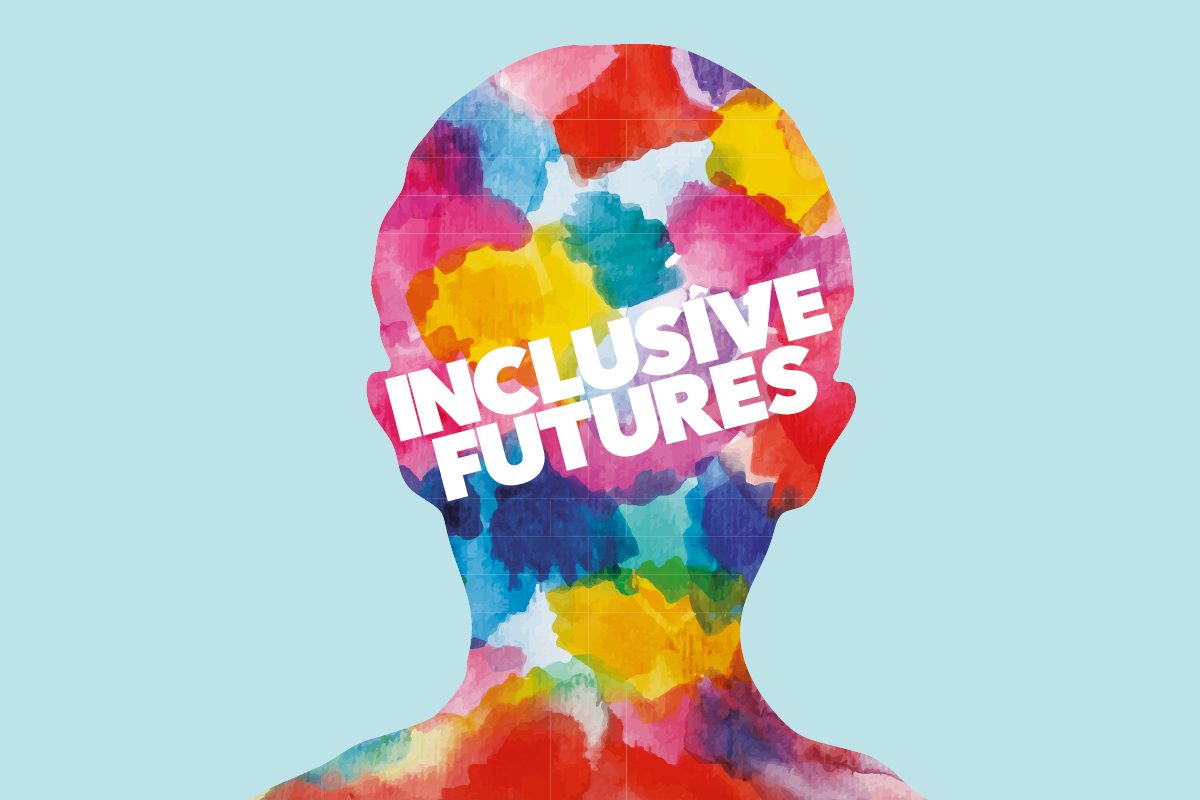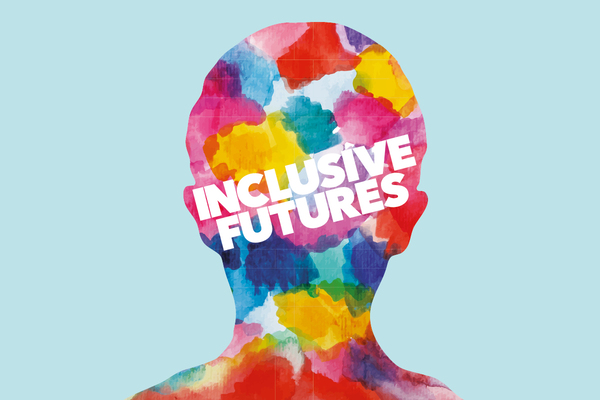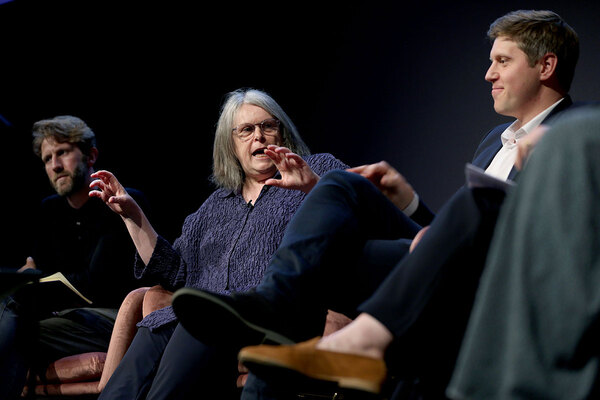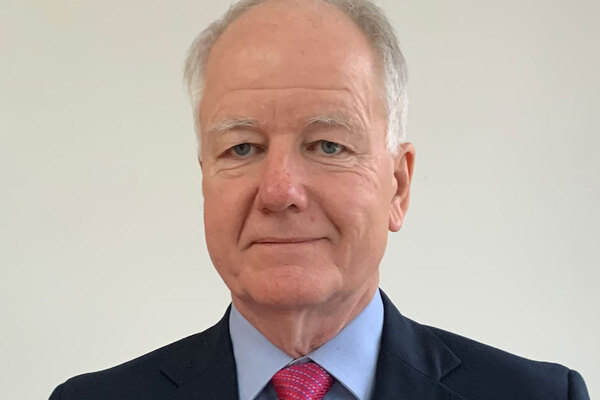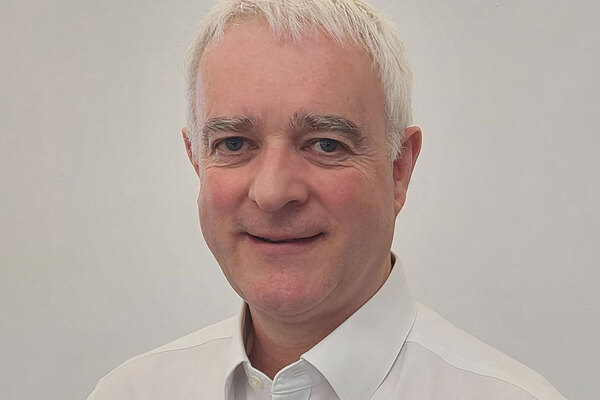You are viewing 1 of your 1 free articles
Inclusivity in housing leadership: a wake-up call
Tom Murtha argues that the sector needs to address the structural racism at the heart of its lack of leadership diversity
My son, Kieran, knows me too well. At Christmas he gave me a book. It is called Why I’m No Longer Talking to White People About Race.
It is written by Reni Eddo-Lodge, who has worked as a freelancer for Inside Housing.
Kieran knows that I have spent the past 40 years of my career challenging the housing association sector on race and housing.
He also knows that I have become very frustrated in recent years at the lack of progress in this area. He knows that I believe strongly that we will not move forward unless we realise that structural racism still exists in our society and that we in housing are not immune to it.
We have spent too long addressing the symptoms of the issue and not the cause.
“We will not move forward unless we realise that structural racism still exists in our society.”
Ms Eddo-Lodge’s book eloquently identifies this when she says that the vast majority of white people “refuse to accept the legitimacy of structural racism and its symptoms”.
The results of this refusal are again shown by recent research on BME leadership in our sector and elsewhere.
Research by Inside Housing has shown that we are going backwards on race and housing. BME people only account for 4.5% of housing association executives and there are only 50 BME board members.
Many housing associations have no executives or non-executives from BME backgrounds. Research shows that the number of people from BME communities we provide homes for is also reducing.
This is not surprising as BME people are more likely to feel the full effects of austerity and are more likely to be excluded from housing association homes.
These findings are not new.
I was secretary to the first Race and Housing Inquiry in 1982, which identified that in services and employment, housing associations were failing black and Asian people.
I was a member of the second inquiry in the 1990s, which revealed that we were still failing. I contributed to the recent Chartered Institute of Housing Presidential Commission on leadership and diversity, which again showed that we have made little progress, especially in senior appointments.
All these inquiries made recommendations that were similar. I have no doubt that for a short time they produced some results and improvement. However, despite some good work, they were not sustained or completely embedded in housing associations.
Last year London housing associations launched Leadership 2025 in response to this continued failure. The initiative includes a set of commitments that are similar to those that have been made repeatedly over the last 40 years.
And last week Inside Housing launched its own campaign called Inclusive Futures with similar challenges and pledges.
Of course I welcome these initiatives. The challenges and pledges they contain are ones that we should all sign up to, but my experience of more than 40 years of similar campaigns convince me that they do not go far enough.
They mainly seek to address the symptoms and not the cause of our continued failure to promote and appoint people from BME communities.
“The default position in almost all housing associations and in most other organisations is that predominantly white men in positions of power appoint predominantly white men to similar positions.”
The first stage that is missing in all of these initiatives is the acceptance that we are the problem. We need to address this as part of any solution.
The default position in almost all housing associations and in most other organisations is that predominantly white men in positions of power appoint predominantly white men to similar positions.
This has changed slightly in recent years with the appointment of more women but it has gone backwards in the appointment of BME people.
These same predominantly white men also set the culture of most organisations. Unless we realise that this structural racism exists in most of our cultures, it will not change. As Ms Eddo-Lodge’s book says, “it is our problem not theirs”.
Many will find this uncomfortable and some will reject it. However, I believe that racism in our society never went away. It went underground. Brexit has legitimised it.
Read more about our campaign here
Recent British Social Attitude survey results show an increase in people who admit to racism. The sharpest rise is in white professional men aged 35 to 64 who are highly educated and are high earners.
Exactly the men who hold positions of power. But the real issue is not just about personal prejudice – it is the collective effects of bias at all levels in our society.
This is structural racism. The housing association sector reflects this as much as any other. Until we recognise and address this, we will not move forward.
As a first step I recommend that you read the book. The publicity says: “It is a wake-up call to a nation in denial about the structural racism at its heart.”
For the housing association sector, this wake-up call is long overdue.
We should support the initiatives by Inside Housing and others, but I am fearful that we will repeat the failure of previous initiatives going back 40 years – unless we address the problem within.
Tom Murtha, former housing association chief executive
Inclusive Futures
Inside Housing’s Inclusive Futures campaign aims to promote and celebrate diversity and inclusion.
We are pledging to publish diversity audits of our own coverage.
We are also committed to proactively promoting positive role models.
We will do this through the pages of Inside Housing. But we will also seek to support other publications and events organisations to be more inclusive.
Our Inclusive Futures Bureau will provide a database of speakers and commentators from all backgrounds, for use by all media organisations.
We are also challenging readers to take five clear steps to promote diversity, informed by the Chartered Institute of Housing’s diversity commission and the Leadership 2025 project.
THE INCLUSIVE FUTURES CHALLENGE
Inside Housing calls on organisations to sign up to an inclusive future by taking five steps:
Prioritise diversity and inclusion at the top: commitment and persistence from chief executives, directors and chairs in setting goals and monitoring progress.
Collect data on the diversity of your board, leadership and total workforce and publish annually with your annual report. Consider gender, ethnicity, disability, sexuality, age, and representation of tenants on the board.
Set aspirational targets for recruitment to the executive team, board and committees from under-represented groups.
Challenge recruiting staff and agencies to ensure that all shortlists include candidates from under-represented groups.
Make diversity and inclusion a core theme in your talent management strategy to ensure you support people from under-represented groups to progress their careers.
THE CASE FOR CHANGE
34%
of housing association chief executives are female
1%
of housing association executives have a disability
1.6%
of housing association board members are LGBT
Women make up 46% of the UK workforce, but Inside Housing research found that they are under-represented on housing association boards (36%), executive teams (39%) and among chief executives (34%).
Almost a fifth of working-age adults have a disability (18%), yet associations reported only 1% of executives and 4.5% of board members with a disability. Many were unable to provide details.
Nationwide, 14% of the working-age population come from a BME background, climbing to 40% in London and Birmingham. Yet our research found that 6.8% of board members identified as BME, compared with 4.5% of executives.
Statistics on representation of LGBT people in the workforce are in short supply, but official statistics suggest that 2% of the total UK population identify as lesbian, gay or bisexual, rising to 4.1% for 16 to 24-year-olds. Our survey found that 1.6% of board members and 10 executives were LGBT – but most organisations were unable to provide figures.


